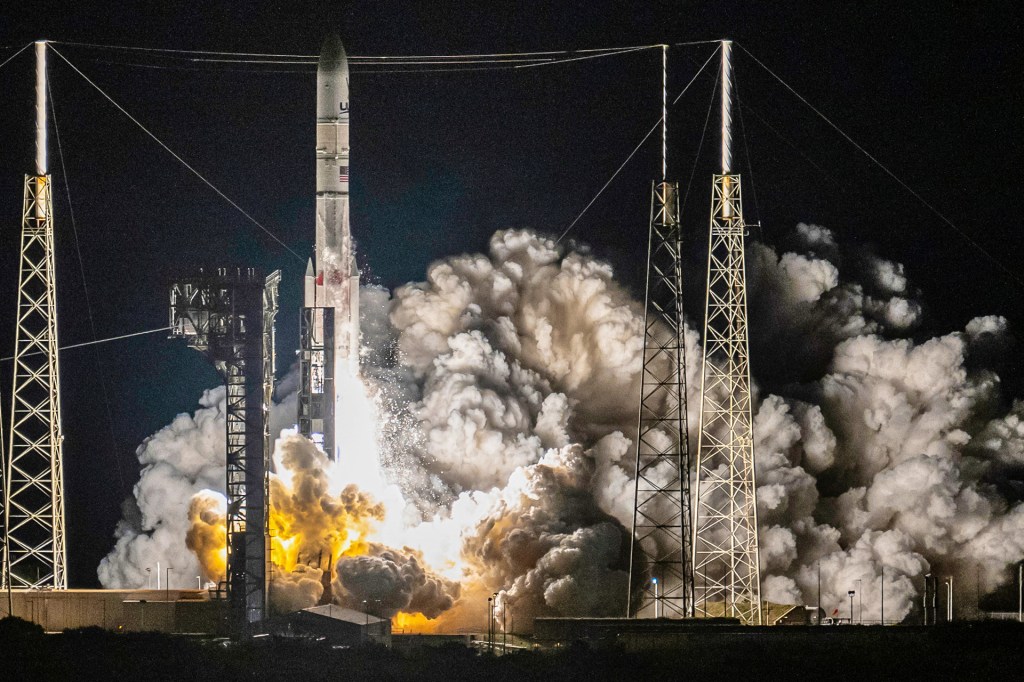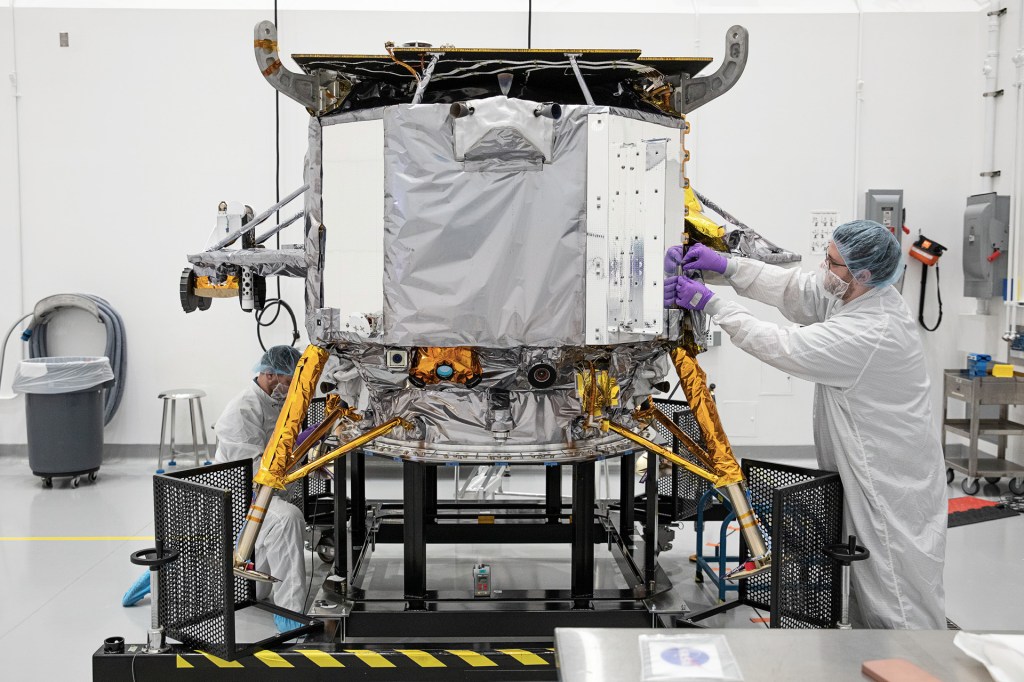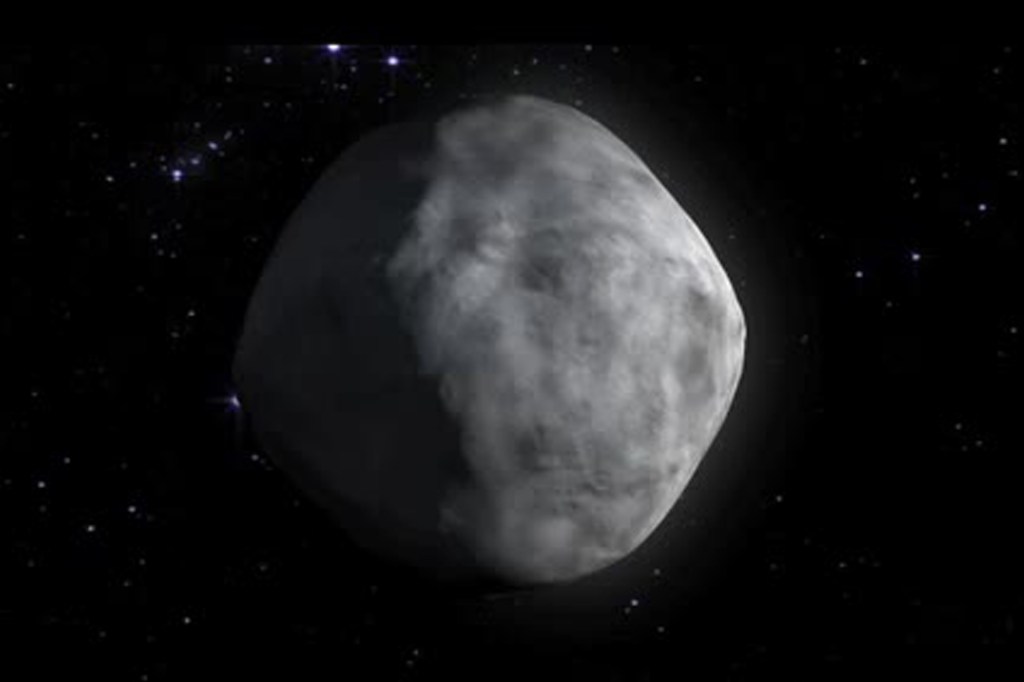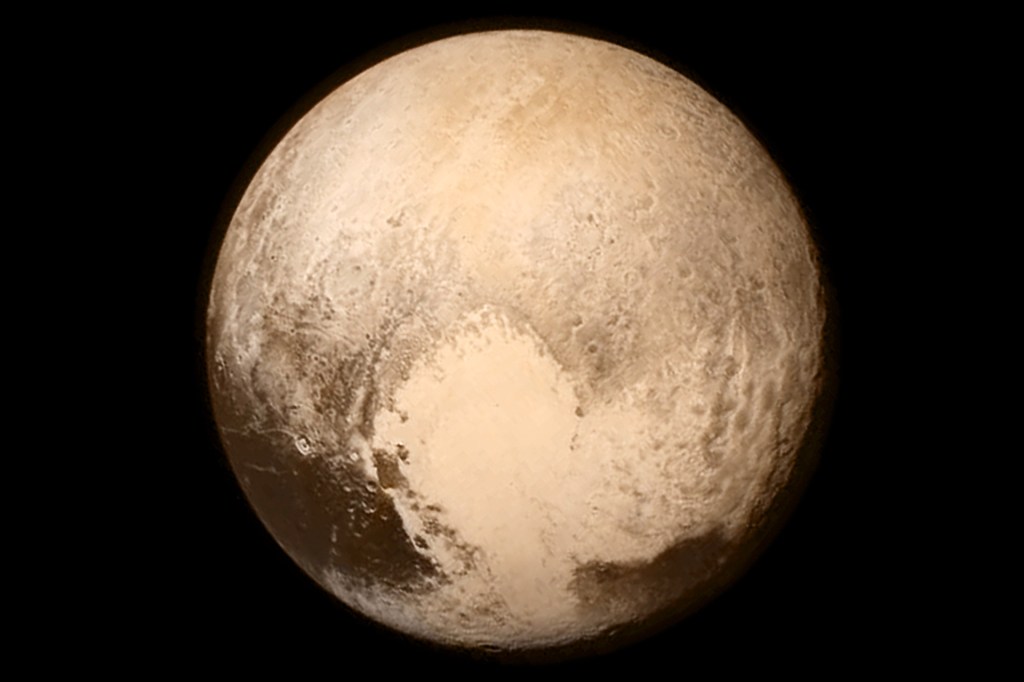
On January 8, Astrobotic Technology’s Vulcan Centaur rocket was launched from Cape Canaveral, Florida. It carried a lunar lander built for NASA by Astrobotic. This was the first U.S. lunar lander to go into space in more than 50 years. But not long after the launch, the mission was abandoned.
Astrobotic hoped to be the first private business to land on the moon. Hours after launch, though, it announced a fuel leak in the lander. The team had discovered “a failure in the propulsion system” and “a critical loss of fuel.” This would make landing on the moon impossible.
“Given the situation, we have prioritized maximizing the science and data we can capture,” the company said in a statement.
Astrobotic is one of two companies that each received nearly $80 million in funding from NASA. (The other is Intuitive Machines. Its launch is planned for next month.) NASA’s Artemis program will put astronauts on the moon for the first time since 1972. The private companies will deliver tools to the moon ahead of the astronauts’ planned arrival in 2026.
Despite this mission failure, NASA remains hopeful. “Each success and setback are opportunities to learn and grow,” says Joel Kearns, a NASA deputy associate administrator.

DELIVERY SERVICE Astrobotic Technology’s Peregrine lunar lander may take NASA equipment to the moon ahead of the space agency’s Artemis missions.
ISAAC WATSON—NASAStop & Think! What makes this story newsworthy? Why is it important to know about the mission, even though it was not successful?













